In the business world, the efficient flow of cash is the lifeblood of any organization. Getting paid by clients promptly is critical for maintaining operations and fueling growth, either in startups or established business.
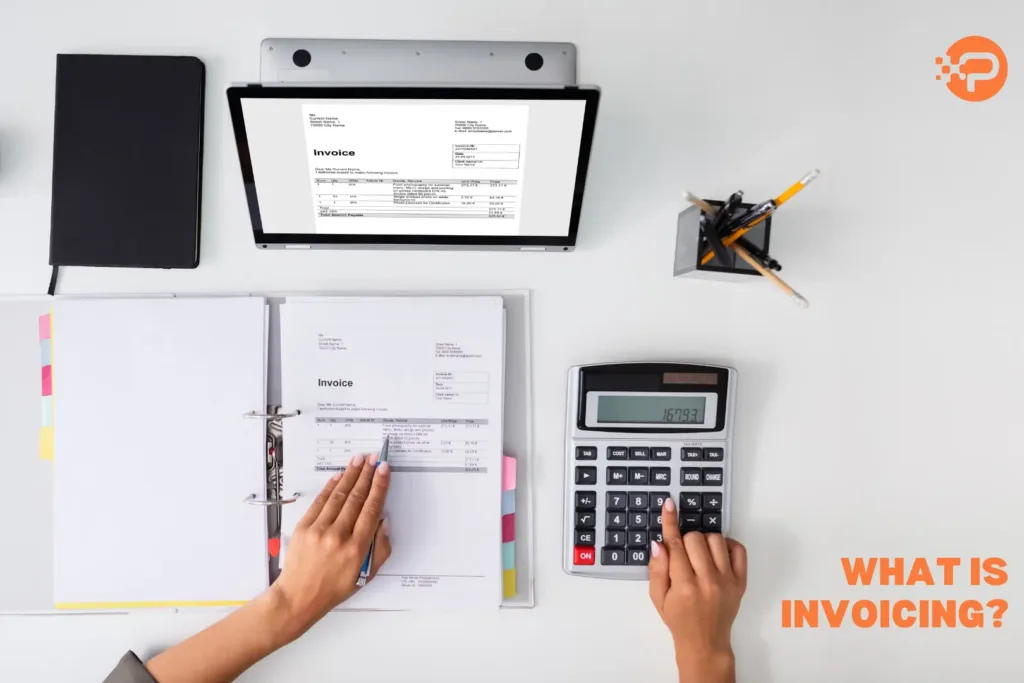
This is where invoicing comes in. It is the formal document that serves as the backbone of ensuring you get compensated for the valuable products or services you provide. But an invoice is more than just a bill; it serves as a vital record of the transaction, protects both buyer and seller and plays a key role in your company’s financial health.
This blog will look into the world of invoicing, explaining what it is, why it’s important, and how you can create one.
What is an Invoice?
According to the Cambridge English Dictionary, an invoice is “a statement listing goods or services provided and their prices, used in business as a record of sale”. An invoice outlines how much your client owes you when payment is due, and what services you provide.
This document is a foundation for the small business accounting system. It specifies a customer’s responsibility to pay for the prices listed in the statement.
What are The Functions of Invoicing?
When running a business, it is important to issue an invoice to demand payment. Beyond being a “bill of payment”, it is also a legal document that binds the buyer and the suppliers together to stated criteria. It serves as a legal proof of agreement.
You can also do an invoice analysis that can assist your organization in gathering information from your customers’ purchasing behaviors to detect trends, popular items, peak buying hours, and other factors. This helps to create effective marketing tactics.
What are the Types of Invoicing?
Now that you know what a basic invoice is and its function, let’s look at some of the different types.
The most common form used for everyday transactions is the standard invoice. It has the details of the products or services provided, the quantities, prices, and payment terms.
The type that is closely related to the standard invoice is the debit and credit invoice. They are used for minor changes on the original invoice such as increase and decrease of values, refunds, discounts, or corrections to mistakes.
Another type of invoice is the commercial invoice. The commercial invoice is the invoice used for products that are sold internationally. Commercial invoices include information about the sale that is necessary to compute customs charges on cross-border transactions.
Another form of the invoice is the Timesheet invoice. This is used by firms that pay their employees per hour. A timesheet is an invoice used when a firm or employee invoices based on the number of hours worked and the hourly rate of compensation. This is mostly used among freelancers.
There are other types of the invoice such as the pro forma invoice, final invoice, recurring invoice, past due invoice, retainer, and e-invoice. With the advent of technology, you can generate most of these invoices using online invoicing software.
How To Create an Invoice
Now that you have a broader knowledge of what an invoice is and some of the several available types, your next question is probably, “How do I create an invoice step by step”. That is exactly what this section addresses. Below is a step-by-step approach to how you can make an invoice:
Step 1: In the header of your invoice, showcase your business name and contact details with the invoice ID as a touch of excellence.
Step 2: The next thing you add is your client/customer information, name, address, mail, and anything.
Step 3: Here is where you show the date when you issued the invoice, very important.
Step 4: Clearly state a detailed breakdown of the service/product you are selling. Include the quantities and their prices.
Step 5: Calculate and sum up all the prices to give the total amount.
Step 6: You then include all necessary taxes, discounts, or customs charges.
Step 7: Add all the money together to give a gross total that you expect your client/customer will pay.
Step 8: You can have a payment conditions box, where you provide the payment methods and terms you desire.
Step 9: Lastly, you will include your business’s terms and conditions at the conclusion.
Following these steps will make it simple to create an invoice. Note that you do not have to follow each step exactly as suggested; you may change things up to make it your own.
However, creating timely and precise bills with all relevant elements on a monthly basis is not a simple undertaking. If you’re wondering how to manage invoices successfully one option is to automate them.
What Is an Invoice ID?
In invoicing, there is a need for an invoice ID which is a unique number that a company generates for each invoice. The ID is important because it serves as a unique identifier for each client transaction.
The invoice number can contain both letters and numbers, without having to number them consecutively. It is best to have a consistent invoice ID arrangement to prevent sending the same number of invoices multiple times.
How Can I Assign an Invoice Number?
Having a smart invoicing system is the cornerstone of healthy cash flow and there are several approaches you can use to achieve that. One of them is the sequential approach to invoicing. In this approach, you can assign an invoice number sequentially. For instance, if you are running an investment platform, you can use something like invst-0001, invst-0002, invst-0003…
Another format that you can use is the chronological format. Here, the invoice number incorporates the date. For instance, when you issue an invoice on April 3rd, 2024, you could be numbering it “20240403-001” (year-month-day-sequential number). When you issue an invoice, it can help with quick referencing.
Lastly, you can also assign an invoice ID using a customer-based numbering. If you like to use unique numbers as your customer’s ID, then you can easily switch it into an invoice ID number. For example, if you are dealing with a company called FAANG, you could have the invoice ID to be FAANG-001.
Remember that the style you adopt ultimately depends on your business needs and preferences. Think of what information would be most helpful for you and your clients when referencing invoices.
Bottom Line
Understanding all the elements of invoicing and knowing the steps required to create one is essential for running a successful business, either small or big. Moreover, it is an on-budget plan that won’t cost more than you have planned already.
By assigning a unique systemic number to your invoicing process, you’ll improve accuracy and efficiency when requesting payment, ensuring smooth financial transactions. This can also boost your brand’s reputation, especially with new clients/customers.
Frequently Asked Questions
Is the invoice and receipt the same?
An invoice is not the same as a receipt. Invoicing is simply a request for payment while receipt is the proof of payment. An invoice could be used as a legal document while a receipt serves as a reference and record.
What is Invoicing Software?
Invoicing software is an online platform that you can use to easily create professional invoices with just a few clicks. You can easily use their templates, add your logo, and brand it to your taste. These platforms can also do more than invoicing. You can as well use invoice software to track payments and even send reminders. Some invoicing software integrates payment processing into their system which makes it easy for clients to make payments. You check our article on top free platforms that you can use.
What should you not put on an invoice?
The necessary things you need to put on your invoice are the date, invoice ID, the names of the buyer and seller, and the product/service description. However, you should never provide unclear product/service descriptions, spelling or math errors, or erroneous contact information for yourself or the other party.

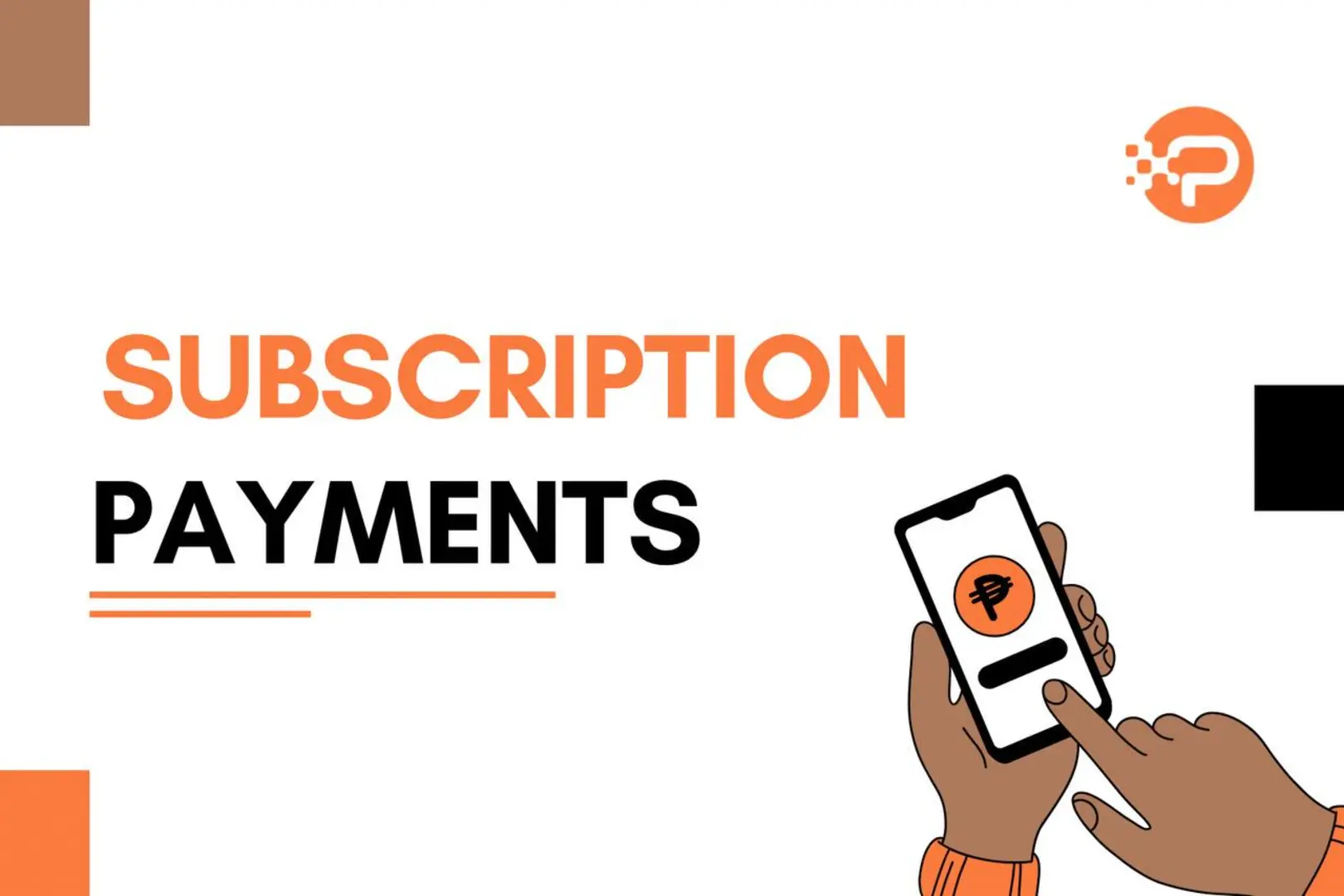
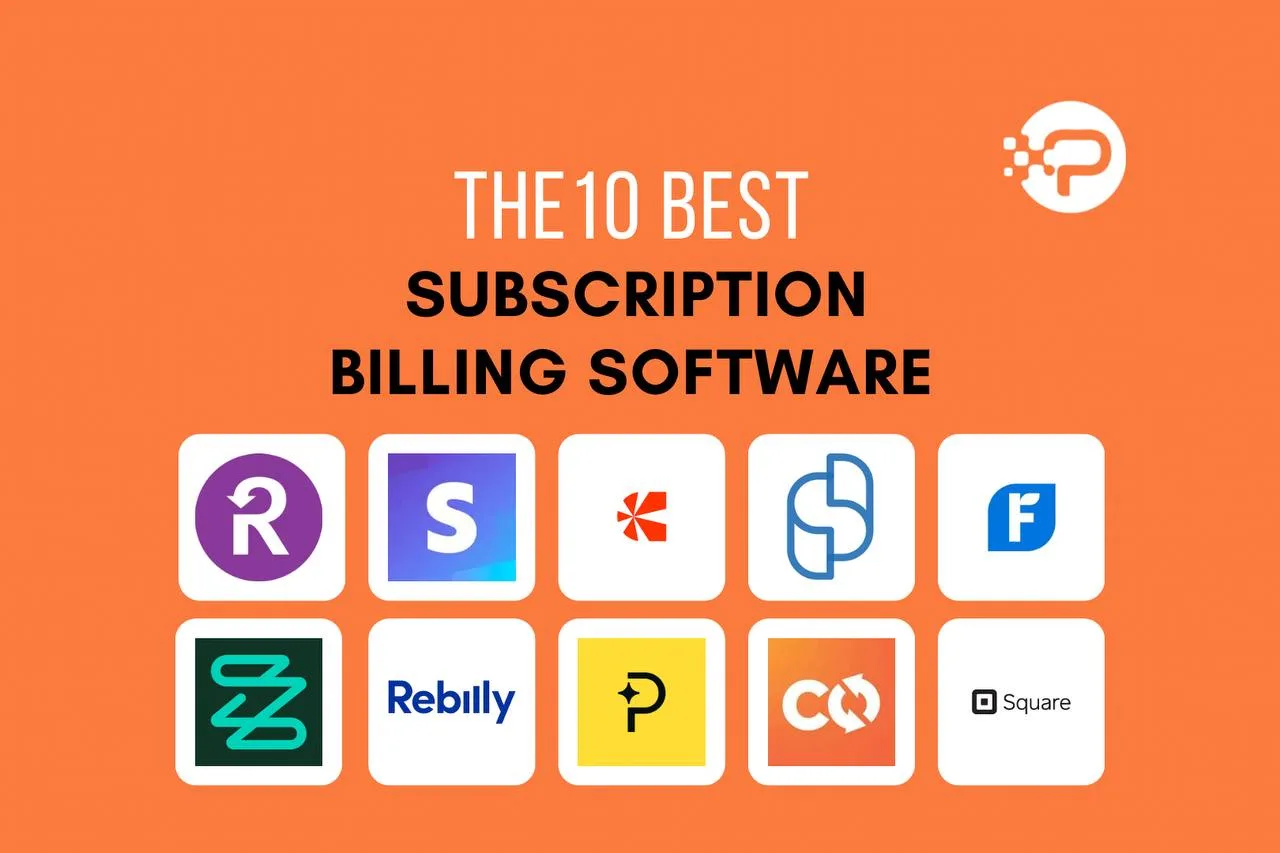


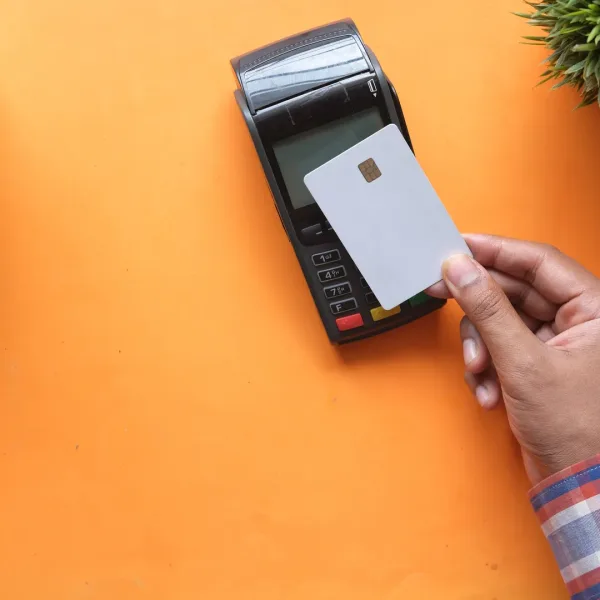


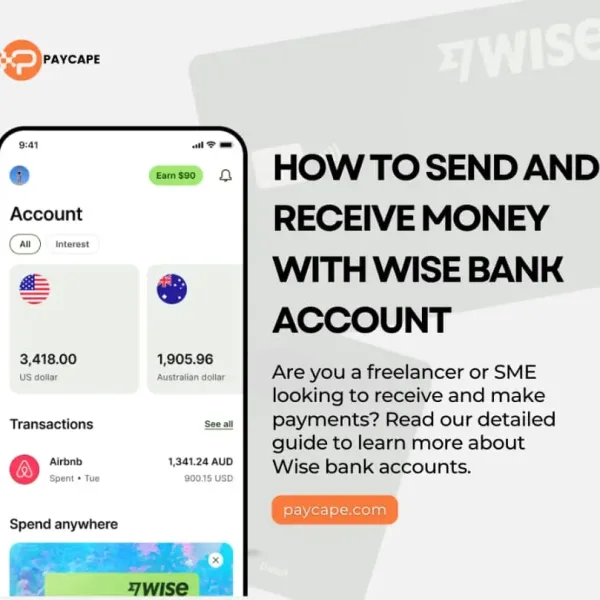
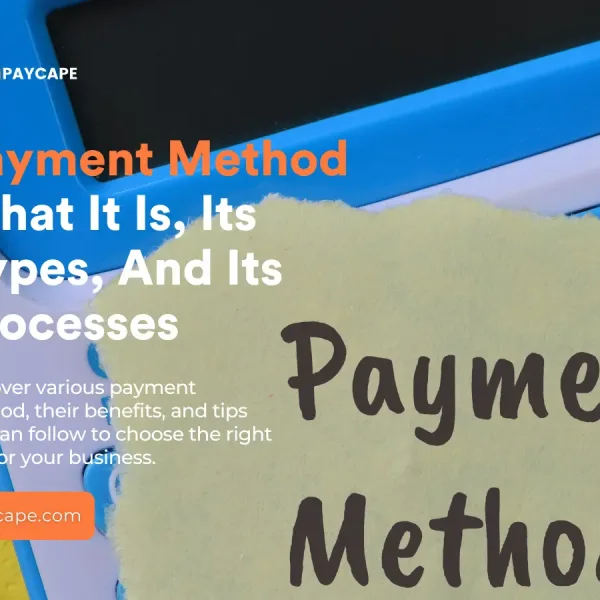
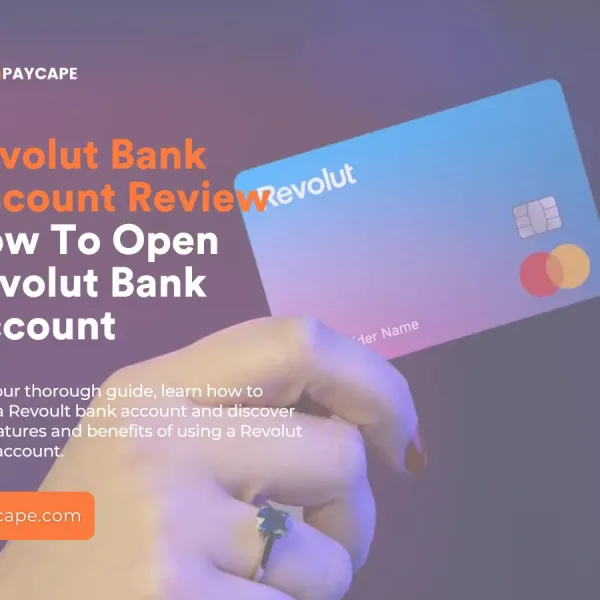
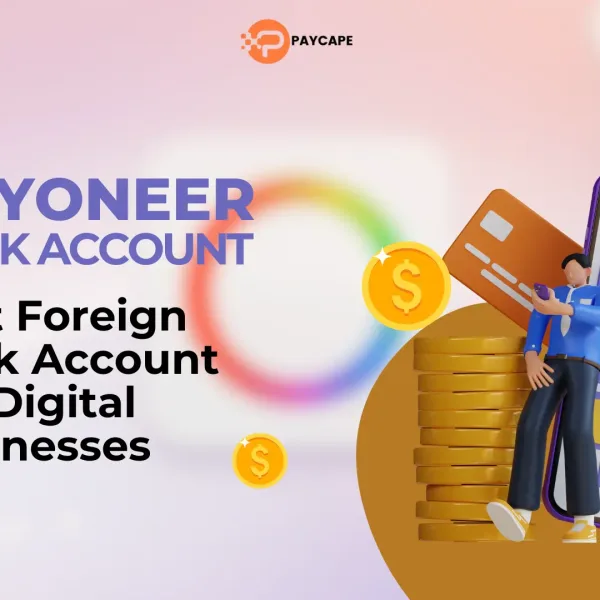




1 Comment
you’re really a good webmaster. The site loading speed is amazing. It seems that you are doing any unique trick. Furthermore, The contents are masterpiece. you’ve done a fantastic job on this topic!